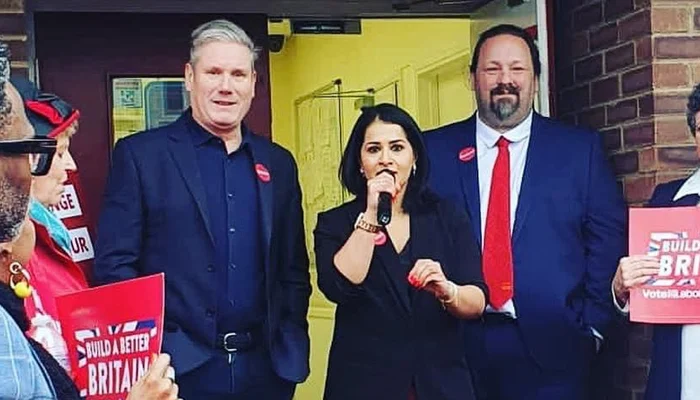Roughly one month ago, during an investment forum in Saudi Arabia, former U.S. President Donald Trump issued a warning to Iran that many now see as a prelude to the unfolding crisis:
“We’ll never allow America and its allies to be threatened with terrorism or nuclear attack.”
Behind closed doors, U.S. officials already knew the possibility of an Israeli strike on Iran’s nuclear facilities was growing—and that Trump’s administration might have limited ability to stop it. As early as mid-May, the Pentagon began preparing contingency plans to support Israel militarily, even diverting defensive weapons from Ukraine to the Middle East, according to U.S. and Western sources.
The Build-Up
Although Trump publicly promoted diplomacy through envoy Steve Witkoff, administration insiders say there was mounting pressure from allies and hawkish voices urging Trump to back an Israeli military campaign. Intelligence reports suggested Israel might act unilaterally, making U.S. inaction politically risky.
Sources say Trump never gave a full green light but did not issue a clear “no”, a stance interpreted by Israeli officials as tacit approval. This ambiguity appears to have contributed to Israel’s decision to proceed with a full-scale aerial assault on Iran’s nuclear infrastructure on June 12.
The attack reportedly killed several close aides to Iran’s Supreme Leader Ayatollah Ali Khamenei and inflicted significant—but not crippling—damage on nuclear sites. Still, U.S. intelligence assessments suggest Iran’s nuclear program may only have been set back by a few months.
A War Room Decision
Trump, key advisers, and military officials watched the assault unfold in real time from the White House’s “JFK Room” as Israel launched overnight airstrikes, escalating the long-simmering tensions into an open conflict. U.S. embassies in the region were partially evacuated ahead of the strike, and regional allies were warned.
Amid the escalation, Trump is reportedly considering a direct U.S. military strike—possibly targeting Fordow, Iran’s fortified enrichment facility, which only the U.S. has the capacity to penetrate. Such a move would significantly heighten the risk of a broader regional war.
Diplomatic Fallout and GOP Division
The response within Trump’s own Republican Party has been divided. While some conservatives support his alignment with Israel, others warn that his actions risk entangling the U.S. in another prolonged conflict.
Analysts say Trump now faces three main options:
- Pursue renewed diplomacy with Tehran.
- Allow Israel and Iran to fight it out, without deeper U.S. involvement.
- Launch direct U.S. military strikes, escalating America’s role in the conflict.
Veteran Middle East adviser Aaron David Miller summarized Trump’s dilemma:
“He got on the tiger and he’s riding it.”
What Comes Next?
The White House has indicated Trump will make a decision on deeper U.S. military involvement within two weeks. As of now, Tehran has vowed to retaliate, and the region remains on edge.
Despite long insisting on diplomacy and describing himself as a “peacemaker,” Trump’s actions—intended or not—may have nudged the Middle East closer to full-scale war.



